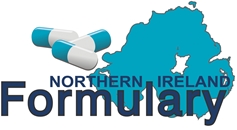General notes
- Ointments are much less likely to sensitise and are suitable for chronic dry lesions. Creams are sometimes more cosmetically acceptable than ointments. Gels are particularly suitable for application on the face and scalp while lotions are used for moist conditions and hairy areas. Pastes are less occlusive than ointments and can be used to protect inflamed, lichenified, or excoriated skin
- Skin reactions are the most common adverse effects of emollients. Emollients containing active ingredients (e.g. antiseptics, lauromacrogols and urea) are not generally recommended because they increase the risk of skin reactions. If sensitivity to emollients is a known problem, prescribe a cream with few additives or an ointment (generally less excipients).
- Unlicensed ‘specials’ may be required when a suitable licensed product isn’t available. These products can be very expensive. Please adhere to the British Association of Dermatologists (BAD) list of preferred specials – available here
- Certain multi-ingredient skin preparations e.g. emollients should be prescribed by BRAND name as generic prescribing may not be practical or may lead to confusion due to multiple ingredients.
- It is important that skin preparations are prescribed in appropriate quantities. The tables below are a useful guide but consider individual circumstances.
The table below lists quantities suitable for an adult for twice daily application of a non-steroid cream/ointment for 4 weeks:
The table below lists quantities suitable for an adult for single daily application for two weeks for steroid cream/ ointment
- The Fingertip unit may also be helpful to guide the amount of topical steroid to apply
- Refer to BNF for information on topical corticosteroid preparation potencies.
